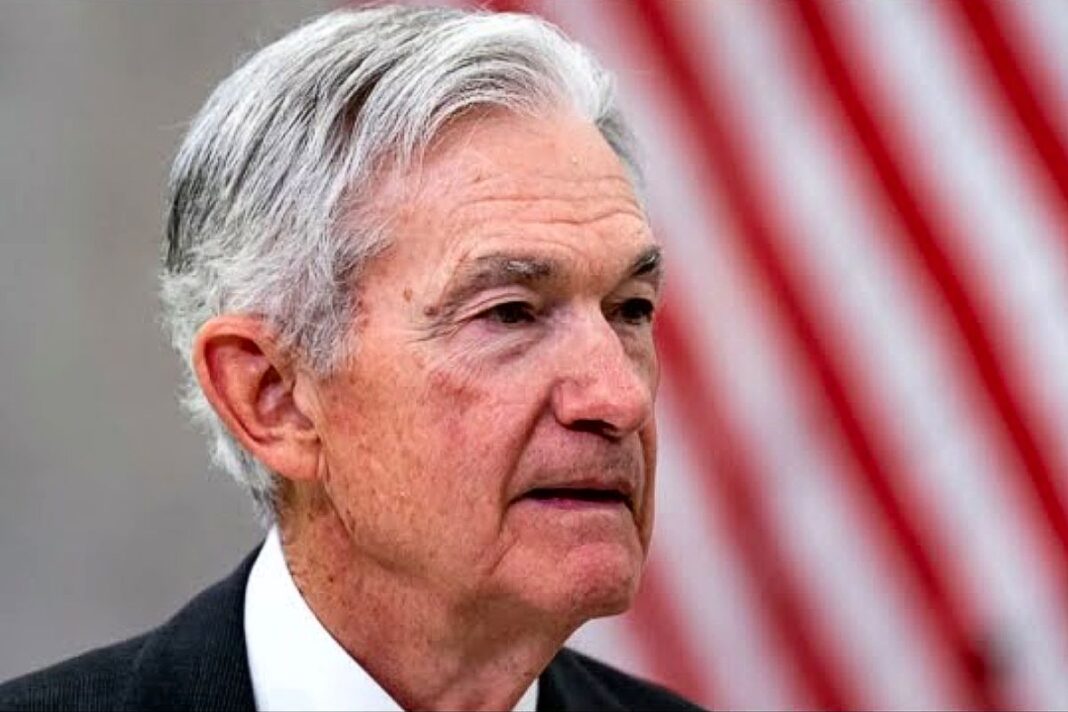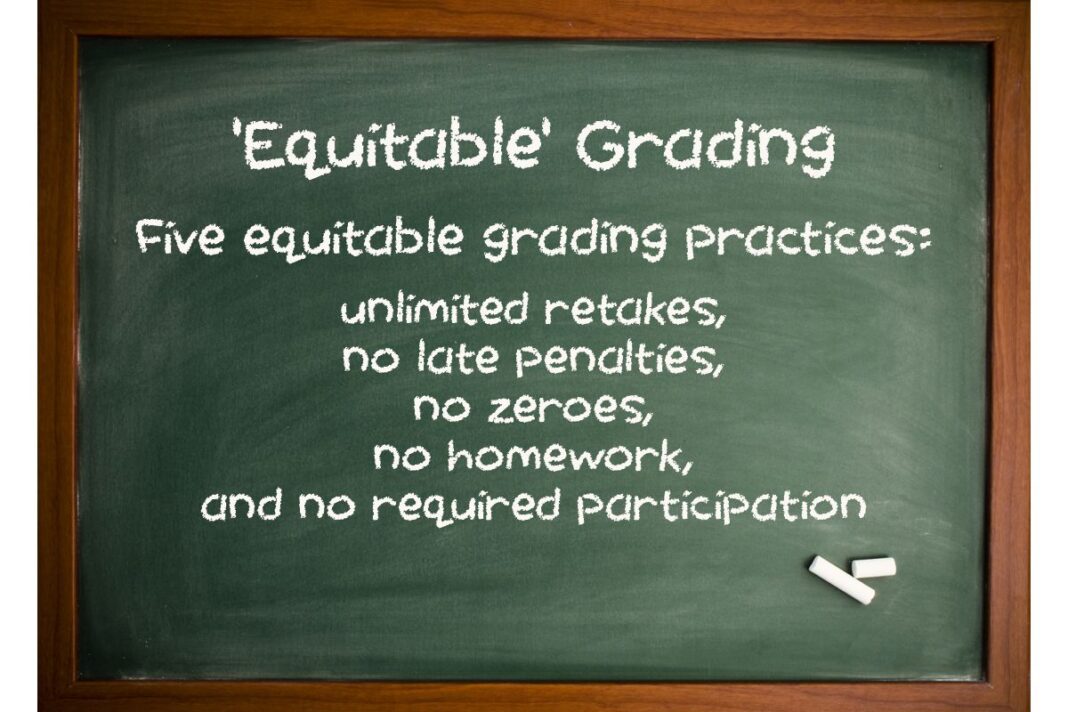‘The situation today is surprisingly similar to the IT bubble in the 1990s,’ said one economist. Some believe the potential bubble is far from bursting.
With the Federal Reserve signaling upcoming interest rate cuts and both the White House and private sector ramping up investment in strategic areas, concerns over a potential asset bubble are gaining traction among economists and market analysts.
Wall Street has shrugged off numerous headwinds since the trade-driven selloff in April. U.S. stocks continue to register fresh all-time highs amid higher tariffs, cooling employment conditions, sticky inflation, and volatile geopolitics.
Fueled by strong corporate earnings and heightened optimism surrounding artificial intelligence, the broader S&P 500 and the tech-heavy Nasdaq Composite Index have risen more than 10 percent and 12 percent year to date, respectively. The blue-chip Dow Jones Industrial Average has climbed about 8 percent.
This is happening as the Federal Reserve has kept interest rates higher for a more extended period.
After reducing the benchmark federal funds rate—an influential policy rate that impacts borrowing costs for businesses, consumers, and governments—by 1 percent from September to December 2024, the central bank hit the pause button. Since January, monetary policymakers have maintained the target rate within a range of 4.25 to 4.5 percent as they await further clarity from the current administration’s trade policy changes.
The idea presented by Fed Chair Jerome Powell and many of his colleagues is that they can afford to be patient, as economic activity remains robust and labor market conditions stay healthy.
Powell might have pivoted.
Interest Rate Cuts Coming
In his final keynote address at the central bank’s annual Jackson Hole retreat, Powell stated that current economic conditions “may warrant” a policy change.
Investors analyzed this comment as a hint of a quarter-point rate reduction, with traders overwhelmingly pointing to September. Markets are also pricing in two more 25-basis-point rate cuts by the year’s end, according to the CME FedWatch Tool.
The U.S. economy could be at the beginning of a more aggressive easing cycle, especially if President Donald Trump can continue to overhaul the makeup of the U.S. central bank.
The White House selected Council of Economic Advisers head Stephen Miran as resigning Fed board member Adriana Kugler’s temporary replacement. With the president also terminating Fed board member Lisa Cook this week on mortgage fraud allegations, the administration could temporarily appoint another ally to her seat.
With two dovish officials sitting at the rate-setting Federal Open Market Committee—Fed board member Christopher Waller and Fed Vice Chair for Supervision Michelle Bowman—the institution’s monetary policy stance could shift heading into the new year.
Treasury Secretary Scott Bessent has conveyed that the federal funds rate should be much lower.
“I think we could go into a series of rate cuts here, starting with a 50 basis-point rate cut in September,” Bessent said in an Aug. 13 interview with Bloomberg Television. “If you look at any model … we should probably be 150, 175 basis points lower.”
Officials believe that lower rates would bolster the weakening U.S. labor market, stimulate economic growth prospects, and reduce the federal government’s debt-servicing payments. In pursuit of better yields, a low-rate environment would also enable investors to diversify into other assets, including stocks, real estate, cryptocurrency, and artificial intelligence.
A massive transition would also inflate valuations across various asset classes at a time when market watchers are sounding alarm bells about the formation—or potential ballooning—of bubbles, especially in artificial intelligence and the broader technology industry.
By Andrew Moran








